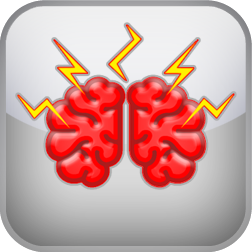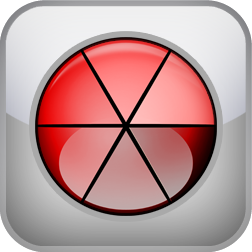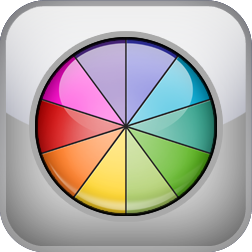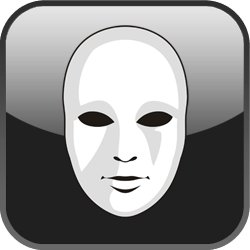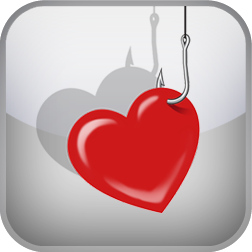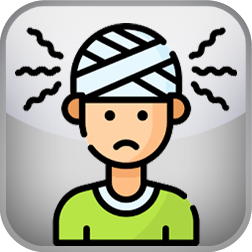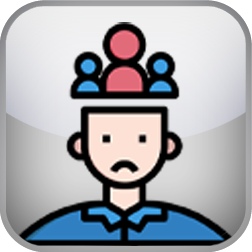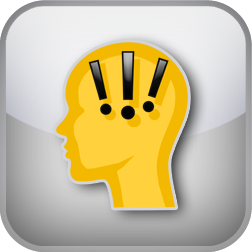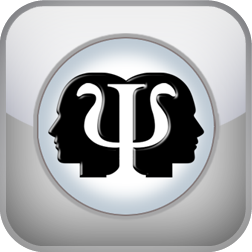Bipolar Spectrum Test
You are here because one of your friends linked you to their Bipolar Spectrum Test result:
Take the TestResults:

Your friend's bipolar spectrum symptoms are very high.
Take the TestExplanation of Facets:
Elevated Energy: Individuals on the bipolar spectrum often experience high energy levels during their manic or hypomanic phases. In such states, they engage in many activities and schedule more undertakings than can be realistically accomplished. Many become so restless that it is difficult for them to relax or sleep at night.
Elevated Mood: During manic episodes, individuals on the bipolar spectrum may feel extremely happy, invulnerable, and as if they are on top of the world. Bipolar patients sometimes compare this state to the rush of a drug, feeling high, euphoric, and energized. Emotional elation is also usually accompanied by grandiosity and high self-esteem.
Depressive Episodes: A central symptom concerning bipolar and related disorders is the prevalence of depressive episodes characterized by feelings of sadness or emptiness, accompanied by diminished interest in almost all daily activities, insomnia or hypersomnia, and the loss of energy.
Hyperactivity: Elevated energy and elevated mood tend to lead to hyperactivity in individuals on the bipolar spectrum. People with hyperactivity symptoms usually experience increased somatic movements and a shortened attention span.
Alcohol/Drug Use: Individuals with bipolar and related disorders may turn to alcohol or drugs to ease their discomfort. During impulsive and elevated states, they may also binge drink or abuse drugs to bolster the high. For these reasons, bipolar disorder patients tend to have high rates of comorbid substance abuse disorders.
Anxiety: The majority of people with bipolar conditions are also diagnosed with one or more anxiety disorders. Anxiety may be manifested as constant worrying, having trouble sleeping, irritability, and restlessness. Especially during depressive episodes, bipolar people may avoid social gatherings, be easily triggered by life’s problems, and be overly alert to (non-existent) danger.
Irritability: Individuals with bipolar and related disorders often struggle with major annoyance or irritability for no apparent reason. What others might consider a cause for minor irritation may be enough to work the bipolar person into a full-blown state of anger.
Impulsivity: Mania is often associated with the inclination to engage in spontaneous and risky activities such as foolish business investments, sexual indiscretions, and unrestrained gambling, donations, or shopping sprees. During a manic phase, people may feel grandiose and often do not consider the negative long-term consequences of their actions.
Racing Thoughts: A flight of ideas is one of the common features of manic or hypomanic episodes. When beset by racing thoughts, a person’s mind is racing without them necessarily being able to recognize that their thoughts are out of control. The array of ideas darting through their minds is often so intense that others cannot keep up.
Pressured Speech: During manic or hypomanic phases, individuals often feel an inner pressure to keep talking in order to match their racing thoughts. People with pressured speech often do not engage in a two-way conversation but are likely to talk over others and jump around in conversations in accordance with their own associations.
References
- Depue, RA; Kleiman, RM; Davis, P; Hutchinson, M; Krauss, SP (February 1985). "The behavioral high-risk paradigm and bipolar affective disorder, VIII: Serum free cortisol in nonpatient cyclothymic subjects selected by the General Behavior Inventory". The American Journal of Psychiatry. 142 (2): 175–81.
- Findling, RL; Youngstrom, EA; Danielson, CK; DelPorto-Bedoya, D; Papish-David, R; Townsend, L; Calabrese, JR (February 2002). "Clinical decision-making using the General Behavior Inventory in juvenile bipolarity". Bipolar Disorders. 4(1): 34–42.
- Klein, Daniel N.; Dickstein, Susan; Taylor, Ellen B.; Harding, Kathryn (February 1989). "Identifying chronic affective disorders in outpatients: Validation of the General Behavior Inventory". Journal of Consulting and Clinical Psychology. 57 (1).
- Youngstrom, Eric A.; Murray, Greg; Johnson, Sheri L.; Findling, Robert L. (1 December 2016). Psychological Assessment. 25 (4): 1377–1383.
- Youngstrom, Eric A.; Findling, Robert L.; Danielson, Carla Kmett; Calabrese, Joseph R. (June 2001). "Discriminative validity of parent report of hypomanic and depressive symptoms on the General Behavior Inventory". Psychological Assessment. 13 (2): 267–276.
GET THE FULL STORY
Manual of Personality Styles
WHAT YOU GET
71-page manual, explaining the make-up of all personality styles, their hidden drives, and the theory behind the system.
Presented in an easy-to-read style and backed up by solid academic references.
14-day, no-questions-asked, money-back guarantee.
Order NowTake Next:
Save and monitor your results over time
Become a member today
Sign Up

